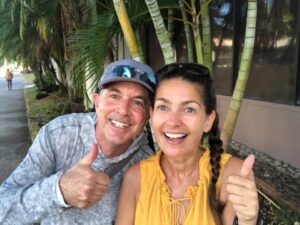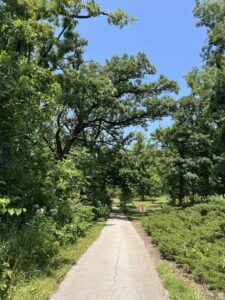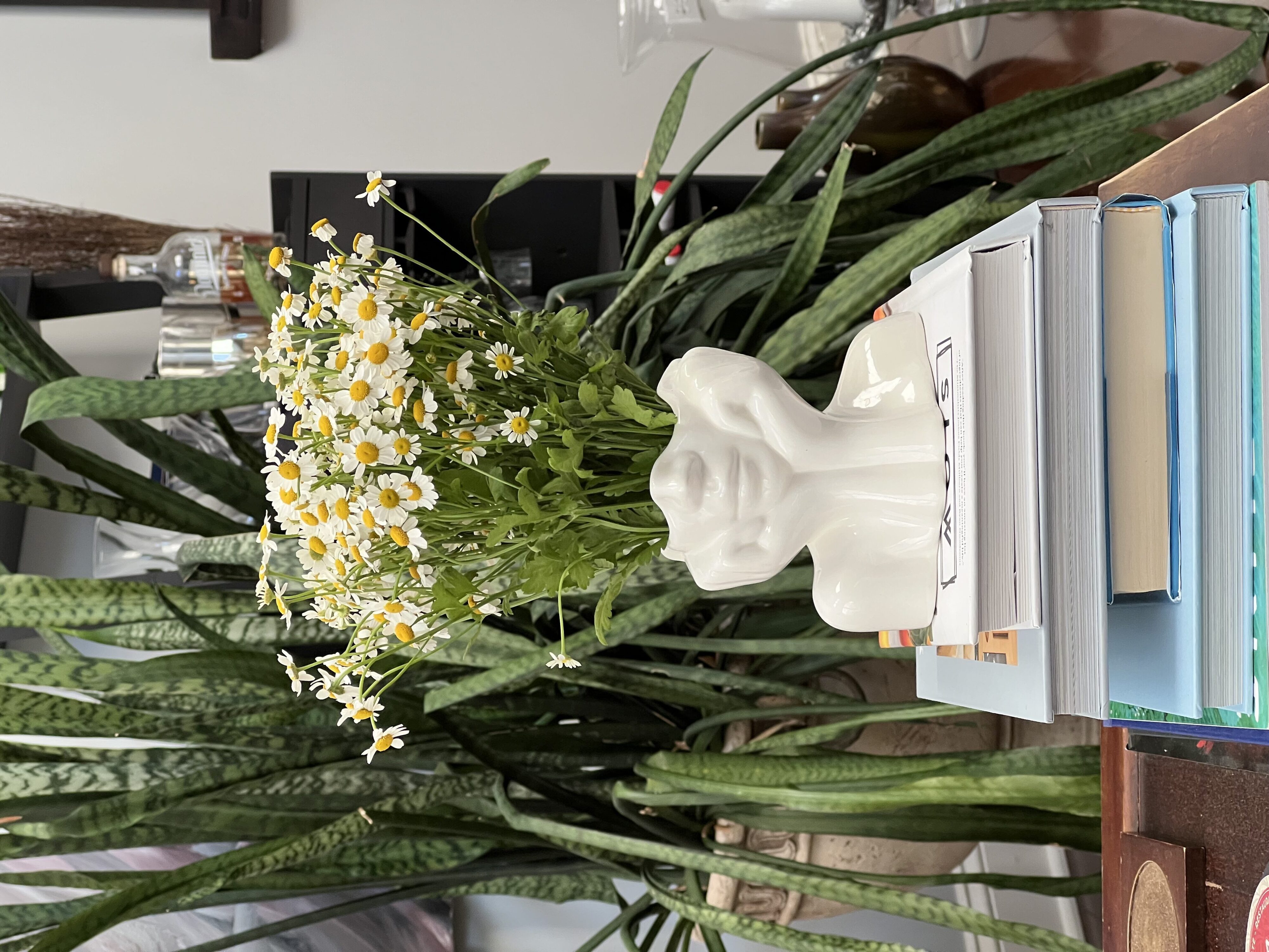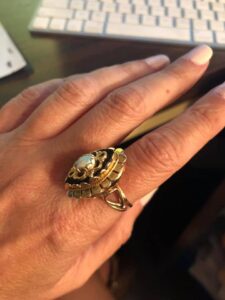
For my new year’s blog post in 2024 I wrote about a practice I call the Joy Review. This was all about ways to develop a ritual or set of rituals in your life designed to really savor the joy that we sometimes let pass us by or fade too quickly from memory. You can link to it HERE. I absolutely stand by that idea and indeed right now, as the world seems to grow more challenging by the hour, I think it’s more important than ever pay attention to joy. Today I want to build on the idea of reviewing your own joy and expand it to suggest a simple way you can not only encourage a joy focus in the people you encounter in your daily life but also spark a potentially meaningful conversation between you and friends or even you and a stranger.
I was recently at my annual professional conference, which is in itself actually one of my most joyful times of each year. I get to see many of my favorite people in the world and also get reinvigorated in my career. It is a place to reconnect with close friends and fond acquaintances and also to get the opportunity to meet many new people who could grow into those first two categories in the years to come. There is a lot going on at once at all hours of the day and evening, and many conversations happen in passing in the conference center or at a reception. The “what’s new?” or “how are things?” opener to these conversations, less than scintillating in a typical year, seemed to trip people up this year with a lot of pressure felt to give a caveat on the state of the world before proceeding with their own recap.
After one or two of these conversations on the first day of the conference I decided on the spot to change the question, and to everyone I met up with I asked, “what moment gave you the most joy in the last year?” This was a game changer. At first most people looked a bit taken aback and then I’d see a modicum of guilt pass over their faces as if perhaps we are not allowed to openly discuss joyful experiences in light of the burden of the world. But then that cloud would quickly pass and they would light up and tell me a story.
Sometimes it was big – often a trip somewhere wonderful or big event like a honeymoon – but other times it was truly a moment. For instance, one person told me that she and her husband watched a silly old comedy they haven’t seen in years and had belly laughs together that they really needed on that day. Someone else told me of one particular day they connected with their grown kid. One person who had at first told me about a trip stopped me later in the conversation to “change his answer” to something he had actually witnessed earlier that day that was a surprising delight.
I initiated a few of these conversations with people I was meeting for the first time, and I felt a sense of more immediate connection to them than I think I would have in a typical introductory conversation. Joy is not small talk. Joy is personal.
I’d like to hope that these conversations sparked some wonderful memories in those I spoke with even long after our encounter. Following up after the conference, one person told me she was going to steal this idea for the future. Steal away – all of you! Please. We need it.








